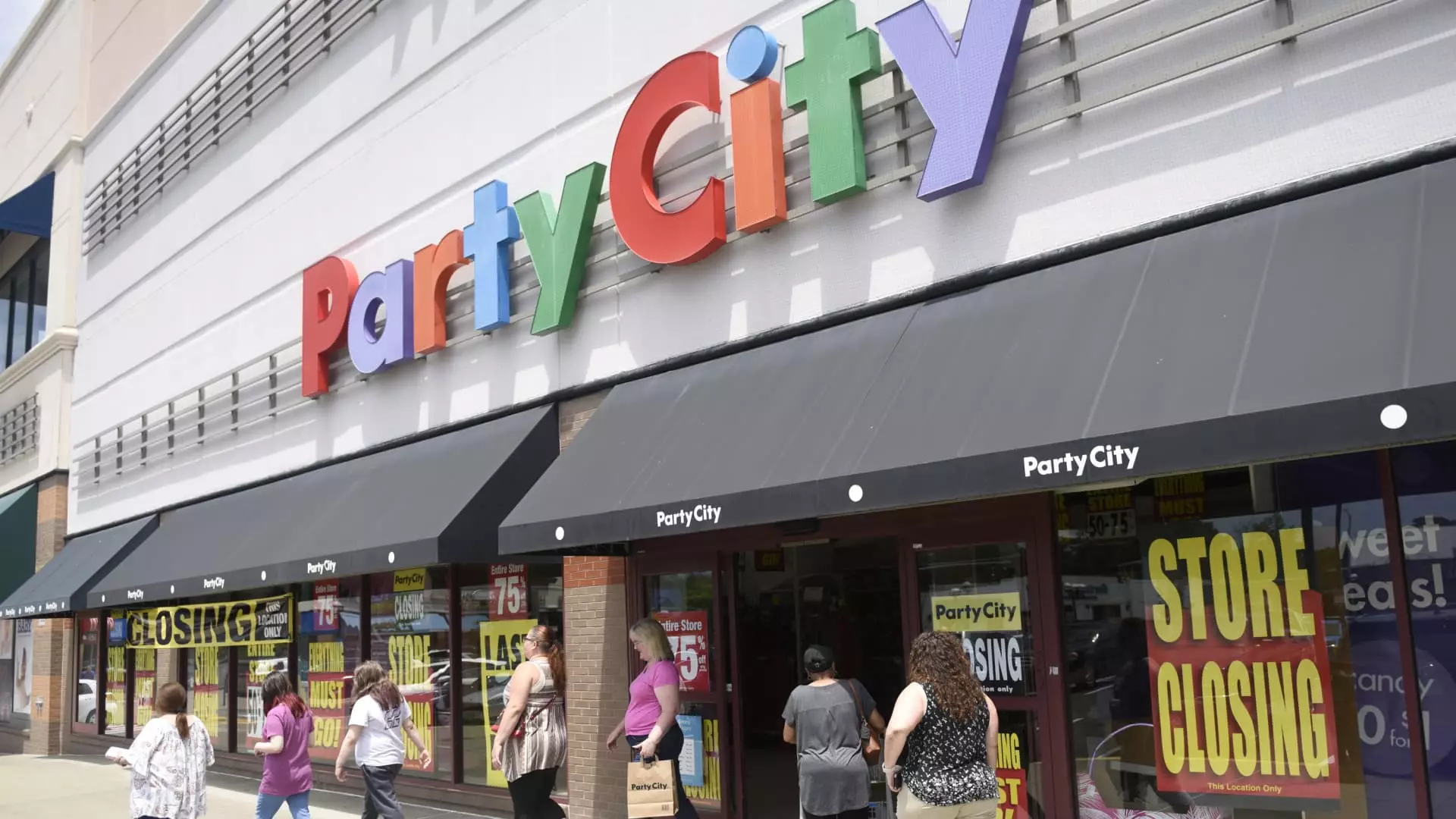The retail sector in the United States has faced significant upheaval, with 2024 marking a pivotal year characterized by a surge in store closures that rival even the most drastic reductions seen during the early days of the COVID-19 pandemic. Recent analysis by Coresight Research reveals a trend toward a profound restructuring of the retail landscape, where market winners are pulling ahead while numerous smaller and legacy retailers struggle to maintain their footing. In this article, we delve into the dynamics at play, illuminating the factors driving closures and exploring the future of retail in America.
The figures are sobering: in 2024, retailers closed approximately 7,325 stores, the steepest decline since nearly 10,000 closures in 2020. The wave of closures has carried into 2025, with 1,925 announced by early January alone. The primary culprits—Party City, Walgreens, Big Lots, 7-Eleven, and Macy’s—reflect the precarious state of retail for brands unable to compete effectively in an increasingly digital-first marketplace. As projections anticipate up to 15,000 store closures by year-end, the continuing losses underscore a significant realignment in consumer behavior and retail strategies.
The current retail landscape is marked by a stark divide between the industry’s giants—such as Amazon, Walmart, and Costco—and their smaller counterparts. These major retailers have cultivated strong customer loyalty by offering value and convenience, swiftly adapting to evolving consumer demands. In contrast, smaller chains and specialty retailers have been forced to either downsize or close altogether, a situation exacerbated by rising costs and changing consumer preferences.
Moreover, while overall consumer spending has remained robust—evidenced by a 4% increase in holiday sales to nearly $1 trillion—an alarming trend emerges: a significant portion of that spending is funneled toward a small number of successful retailers. This troubling concentration illustrates the cost of competitive pressure, leaving many brands struggling to keep up.
The count of retail bankruptcies surged in 2024, climbing to 51 from 25 the previous year, as stores like The Container Store adjusted their business models through litigation. Notably, the closures of Family Dollar, CVS, and other retailers stem from their inability to pivot in an ever-tightening market. The change has left many seeking swift solutions, whether through liquidations or aggressive restructuring via Chapter 11 bankruptcy filings.
John Mercer of Coresight Research aptly comments that this competitive landscape is not rooted in declining demand but rather in how that demand is accessed. Certain legacy brands like Macy’s, which announced the closure of about 150 stores by 2027, are concurrently exploring innovative strategies, such as opening smaller, off-mall shops in response to modern shopping preferences.
Despite the daunting numbers surrounding closures, industry employment remained relatively stable, with reports indicating little change in retail jobs. Employment dynamics saw a net addition of around 10,000 jobs monthly in 2023. This resilience suggests that the retail sector, while facing transitions, continues to adapt through shifts in operational strategies and workforce management.
However, not all prospects are promising. Specialty retailers like Joann and Big Lots encountered financial turmoil requiring bankruptcy protection and liquidation sales. Their challenges resonate within a broader narrative of market disruption, where a percentage decline in sales can lead to significant ramifications, especially in an industry burdened by high operational costs.
The legacy of store closures extends beyond individual retailers, as the shuttering of major anchors like Macy’s can trigger a domino effect, compelling adjacent smaller retailers to exit as well. This chain reaction reshapes shopping centers as landlords pivot from traditional retail spaces to alternative models, including fitness studios, urgent care clinics, and even residential developments. Retail analysts highlight that demographic shifts during the pandemic have further complicated foot traffic patterns, compelling brands to rethink their locations and strategies.
Despite the challenges, the industry is not devoid of hope. Store openings surged to a high of 5,970 in 2024, with projections suggesting around 5,800 new openings in 2025. Brands such as Aldi, JD Sports, Burlington Stores, and Barnes & Noble are leading this expansion. Retailers must adapt rather than resist change, leveraging emerging trends and digital platforms to foster growth.
As the retail sector continues its metamorphosis, subsequent quarterly reports from major retailers set to be released in mid-February 2025 will illuminate which brands are thriving and which are slipping further into jeopardy. Kitted out with the knowledge of market dynamics, retailers can navigate these changes more effectively, positioning themselves for success in a complicated yet evolving landscape.

